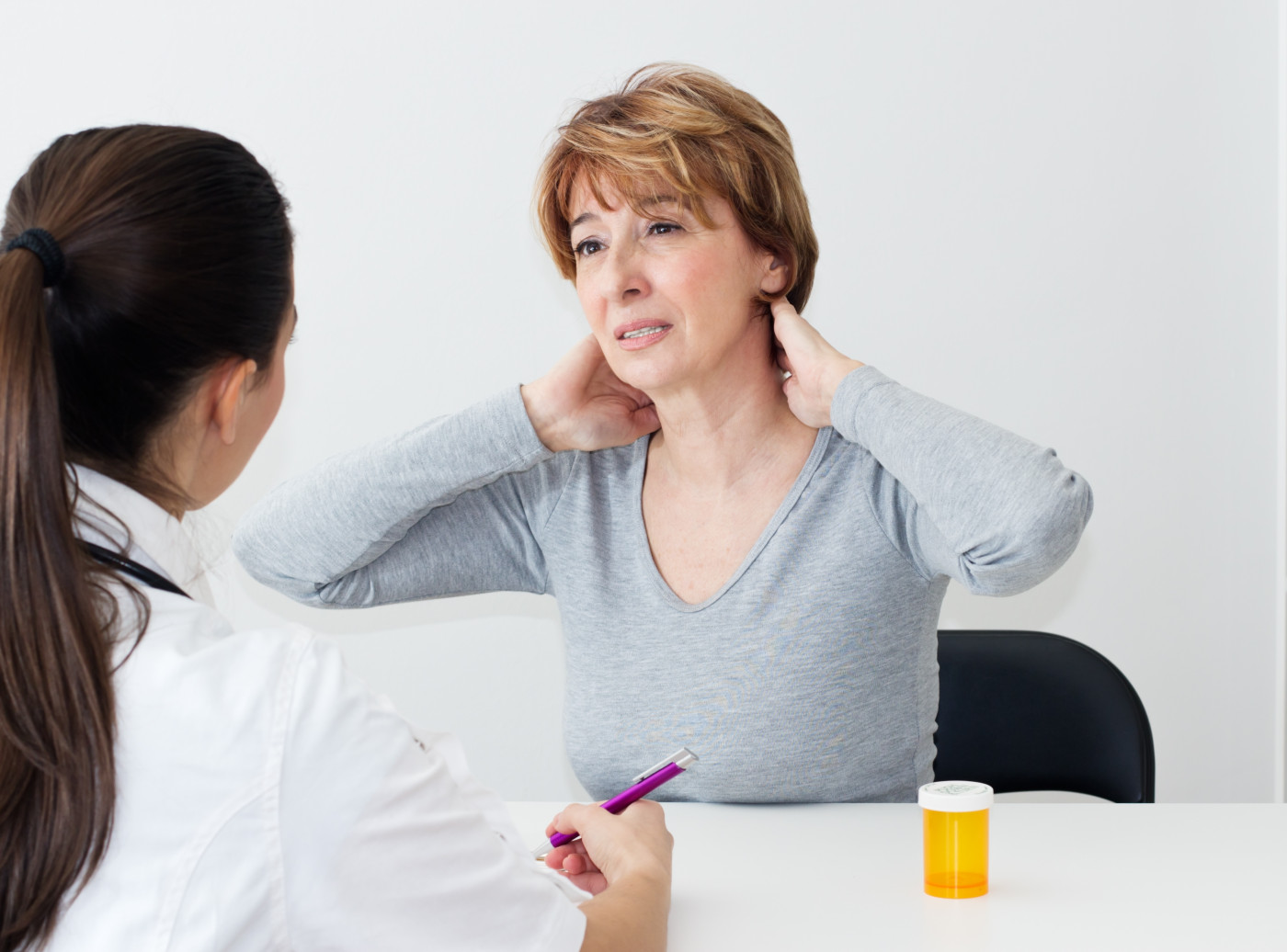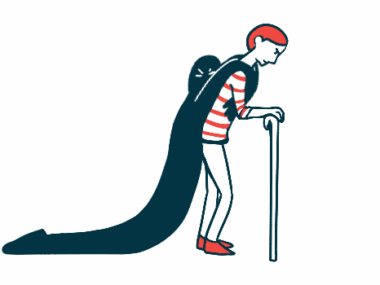Other Conditions Common in EDS Patients
Written by |

There are many other conditions that may exist simultaneously with Ehlers-Danlos syndrome (EDS), even though researchers don’t fully understand their association with EDS.
Here is some information about what other conditions can be present in EDS patients.
What is EDS?
EDS refers to a group of disorders that affect the connective tissue, making it weak and easy to damage. Connective tissue gives structure and support to joints, skin, blood vessels, and organs. Weakening in the connective tissue causes mobility issues and raises the risk of injury.
What are comorbidities?
Comorbidities are the simultaneous presence in a patient of at least two diseases or medical conditions. If you have EDS or other hypermobility spectrum disorders (HSD), you likely have multiple issues.
While there is a link between EDS and most comorbidities, current evidence is insufficient to prove that one condition causes the other.
Types of coexisting conditions in EDS
There are a number of conditions, with both different and overlapping symptoms, that can occur at the same time as EDS. The following list, which is not exhaustive, details some of them. Note, however, that not everyone with the disease will develop any or all of these conditions.
- Neurological and spine problems such as migraines, disc degeneration, and spine curvature, known as scoliosis
- Joint problems including pain, dislocations, instability of the craniocervical junction (the bones that join the head and neck), and susceptibility to osteoarthritis
- Digestive disorders, including acid reflux and irritable bowel syndrome
- Cardiovascular problems such as mild dilation of the aortic root (the section of the aorta closest to and attached to the heart)
- Postural tachycardia syndrome, characterized by an abnormal increase in heart rate that occurs after sitting up or standing
- Skin issues, including stretchiness, abnormal scarring, easy bruising, stretch marks at a young age, and slow wound healing
- Various bladder disorders
- Conditions affecting teeth, gums, or other oral structures
- Anxiety disorders and depression
- Mast cell activation disorder, the hallmark of which is the accumulation of genetically altered mast cells that potentially affect every organ system
- Chronic fatigue
Should any of these conditions affect you, don’t hesitate to contact your physician as often as you need about treatment and management.
Research on other conditions in EDS
One 15-year population-based cohort study set out to examine the comorbidity burden in EDS using hospitalization records from 1,319 Danish EDS patients and a control group of 46,700 individuals. The study investigated the frequencies of disease categories and diagnosis codes and made comparisons.
The results showed that the most common comorbidities were gastrointestinal functional disorders, hernias, asthma, pneumonia, and osteoporosis. The researchers noted that the causality between these conditions and EDS should be further investigated.
Last updated: Dec. 9, 2020
***
Ehlers-Danlos News is strictly a news and information website about the disease. It does not provide medical advice, diagnosis, or treatment. This content is not intended to be a substitute for professional medical advice, diagnosis, or treatment. Always seek the advice of your physician or other qualified healthcare providers with any questions you may have regarding a medical condition. Never disregard professional medical advice or delay in seeking it because of something you have read on this website.





